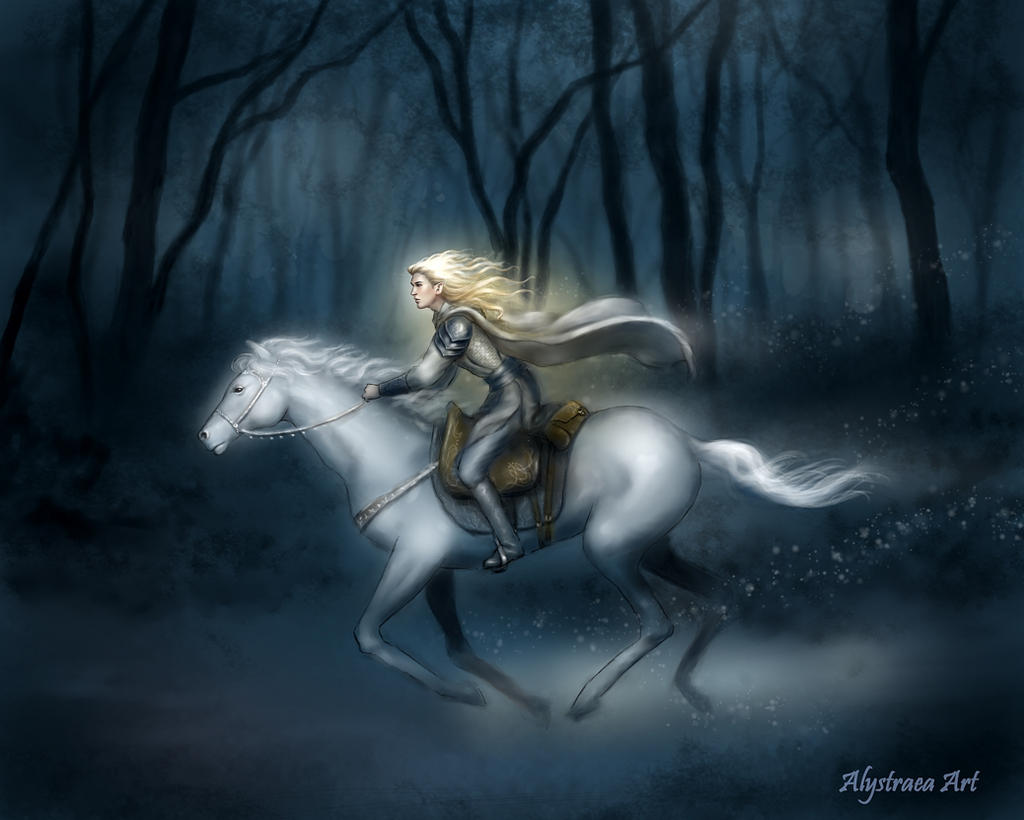When you imagine Cinderella, you are most likely thinking of this:
 |
| Disney Cinderella 2015 |
 |
| Disney Cinderella 1950 |
 |
| Cendrillon with a very elegantly attired fairy godmother |
The two versions of Cinderella that are most commonly retold are Perrault's French Cendrillon (originally published in 1697) and Grimm's German Aschenputtel, my own favorite (originally published in 1812). For those unfamiliar with the original versions, here is a link to Cendrillon in English and in French, and here is Aschenputtel in English and in a bilingual version. The Disney movie versions both follow the French version more than the German, but given some of the complaints I've heard about the story, they might have done better to purloin some ideas from both. For instance...the shoes. Why would Cinderella wear glass slippers that fall off when she flees the ball but at the same time fit her feet perfectly and no one else's? Is she too nice and passive to be a good heroine, anyway? And what about that whirlwind romance with the prince - how is that convincing?
 |
| Aschenputtel with her doves |
 |
| Very pretty, no doubt, but hardly suitable footwear for tripping off to a ball on foot and then dancing all night (to say nothing of jumping into dove cotes and climbing trees) |
Aschenputtel, although she evidently enjoys the ball, has no intention of being found by the prince; in fact, she eludes him three times, first by climbing into a dovecote (and then slipping back out when his back is turned), and next by climbing a pear tree "as nimbly as a squirrel" (ball gown and all? - a remarkable damsel) and escaping down the other side.
The third night the prince is getting exasperated with this mysterious lady, and (cleverly, if rather ungallantly) spreads the castle steps with pitch. When Aschenputtel runs down them, her golden slipper gets stuck, and the prince picks it up as she disappears once again.
 |
| "She escaped so quickly that the prince could not follow" |
Then it is the prince's turn to show his mettle, announcing that he will marry the owner of the golden slipper, the girl whose foot the slipper fits perfectly (by the law of fairy tales, these two requirements are practically one and the same: the second implies the first).
 |
| Cendrillon pulls out the matching glass slipper (from the rhymed version illustrated by Walter Crane) |
Aschenputtel has no such transformation from her rags; the prince has only to look into her face (which she has washed clean of ashes) to recognize the lady he has danced with and exclaim "That is the true bride!"
 |
| This German retelling of Aschenputtel does not specify the stepsisters' fate, but the illustration hints at the merciless original |
Cinderella's stepsisters also receive an extremely different ending in the French and the German versions -- both fates have such potential for controversy that it is perhaps no wonder Disney decided to ignore the stepsisters altogether after Cinderella walks out. Cendrillon charitably (if somewhat unbelievably) forgives them, embraces them, and then brings them with her to the palace and secures them marriages with "two great lords of the court." Aschenputtel's stepsisters receive the other extreme, of justice rather than mercy: as they accompany her to and from the wedding, Aschenputtel's doves peck out their eyes and they are doomed to physical blindness that mirrors their spiritual blindness to virtue. Harsh, perhaps, but that is the story. And although the Disney version ends with Cinderella and the prince in wedded bliss, both original versions end with the fate of the stepsisters -- and so shall I.
 |
| "Turn and peep, turn and peep/no blood is in the shoe The shoe is not too small for her/the true bride rides with you!" |
Yours etc.
Liv Quicksilver








